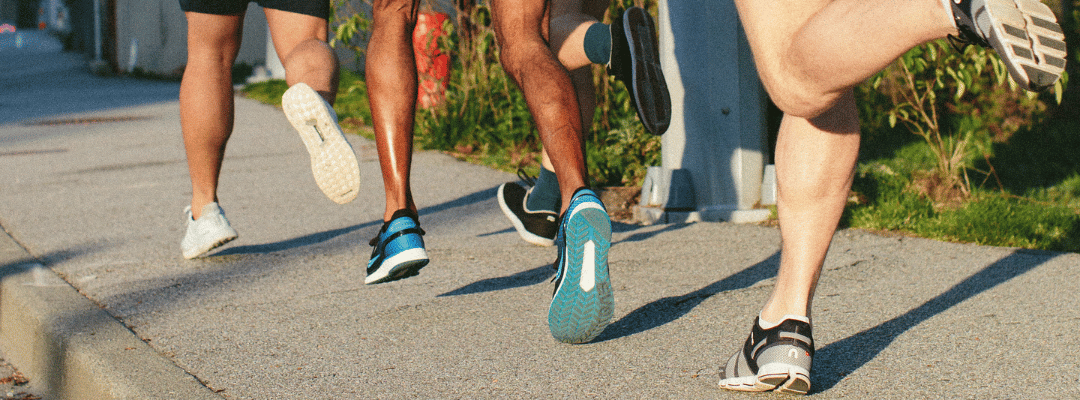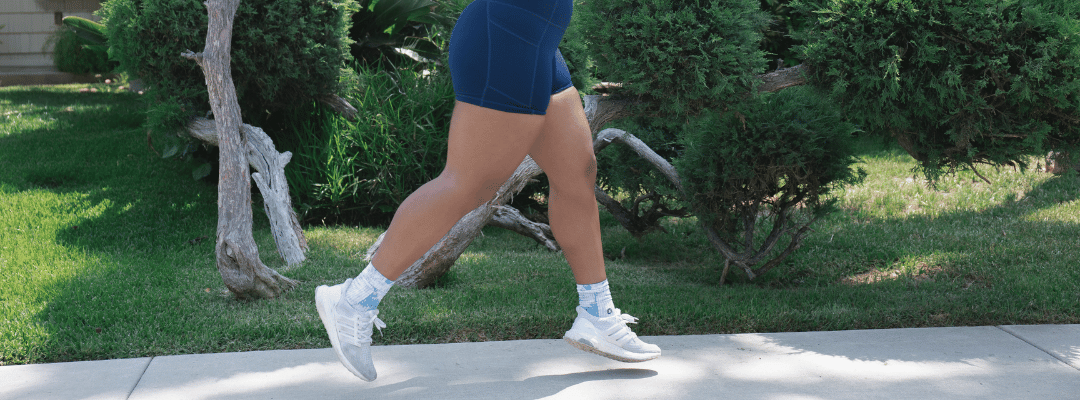3 Ways to Prevent Shin Splints
We’ve all had them at one point.
Shin splints can be the downside to a new workout regime.
As we come into the warmer months, our time spent being active increases and so does the risk of shin splints.
It’s estimated that 20% of the population experiences shin splints, increasing as we age. Preparing your body and understanding the causes of shin splints is the key to preventing pain.
3 Ways To Prevent Shin Splints
Mobility: Ensuring minimal tightness at the Achilles tendon, posterior calf muscles, and anterior shin muscles is key to minimizing shin splints. Focus on exercises to maximize your range. Try maximal rotations of the ankle, as well as calf stretches.
Strength: Weakness with the posterior calf muscles may lead to overuse of the shin muscles. Focus on strengthening the soleus, gastrocnemius muscles, tibialis posterior muscles, and tibialis anterior.
Warm-Up and Recovery: Foam rolling along the back of the calf muscles and front of the shin can provide stimulus to these muscle groups. This allows relaxation and nourishment to the muscle group with increased blood flow, pain relief, and improvement in range of motion.
Finally, hands-in therapy involving joint mobilizations along the ankle, tibia, as well as myofascial treatments can provide relief of surrounding tissues contributing to shin splints. Using these ways to prevent shin splints will ensure you stay active all season long!

What Are Shin Splints?
Shin splints are an overuse and repetitive stress injury at the shin. It happens when the muscles surrounding the tibia (the larger lower leg bone) cannot recover or heal in response to repetitive contractions like walking, running, or hiking. Shin splints are medically known as medial tibial stress syndrome (they can also exist as anterior tibial stress syndrome).They are a common complaint amongst runners new and old – nearly 70% of runners experience them. Those experiencing it will often complain of dull, aching pain during and after activity. What makes shin splints odd for many is that they can be experienced and eased during activity, only to persist as a dull achy pain for days. People that walk for leisure and exercise can also experience shin splints.
What Do Shin Splints Feel Like?
Shin splint pain is either felt at the front, middle, or side of the shin. This means you either feel pain along the thick muscle along the outside of your shin bone or around the large ankle bone along the side of the foot. Most commonly the pain is felt at the bottom third of the shin.For many, pain along the shin will increase at the beginning of a new activity, and ease with movement. Pain also tends to be the worst for most people after their activity. 24-48 deep dull aches are the average symptom.

How Do Shin Splints Happen?
It’s thought that shin splints occur due to repetitive microtrauma to the muscle or tendon. This leads to a point where the ability to recover and heal is outpaced by stress and inflammation of the muscle group.Increased walking or running volume, speed, and surface changes like concrete or trails, can all lead to these microtraumas.




